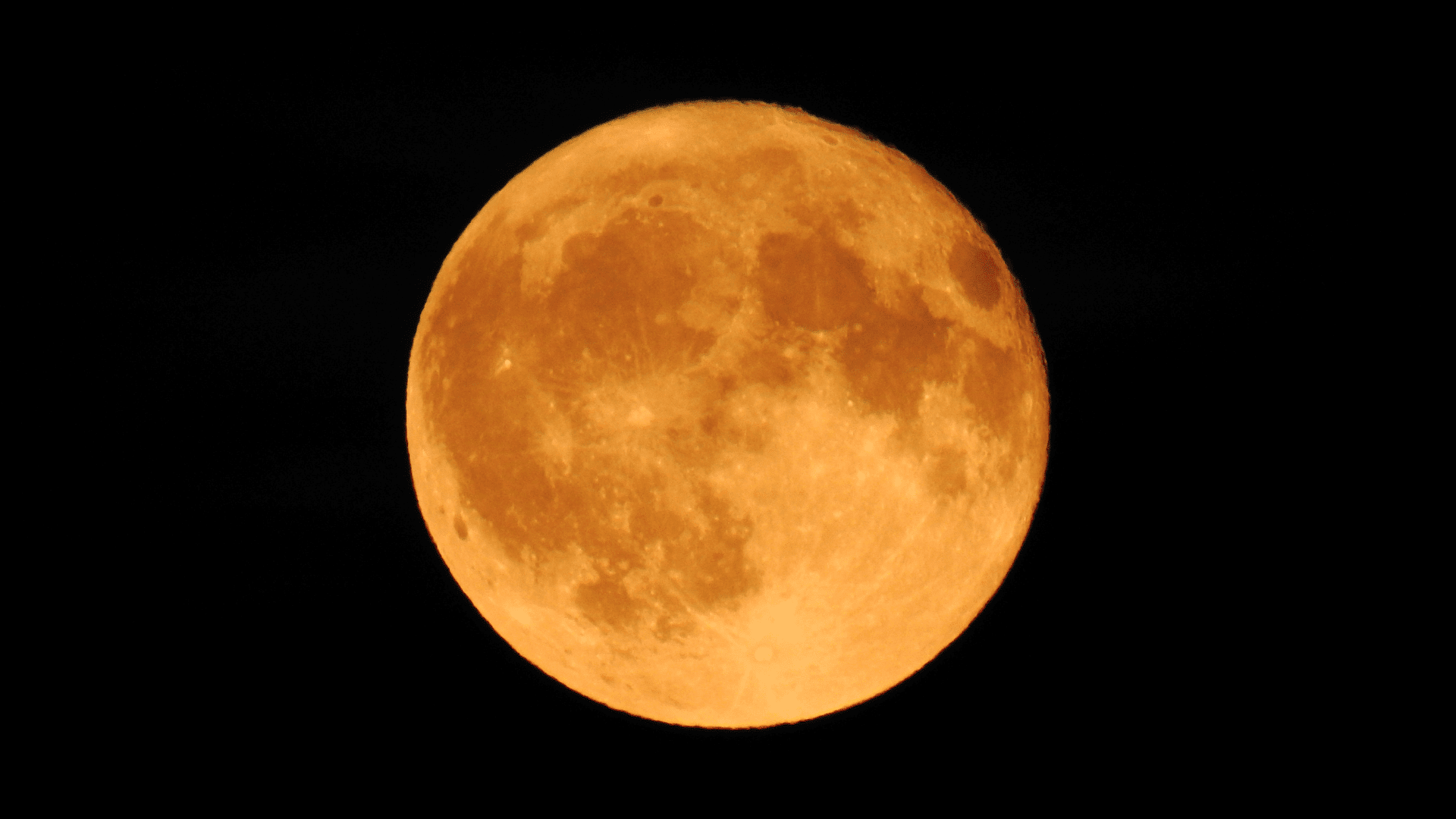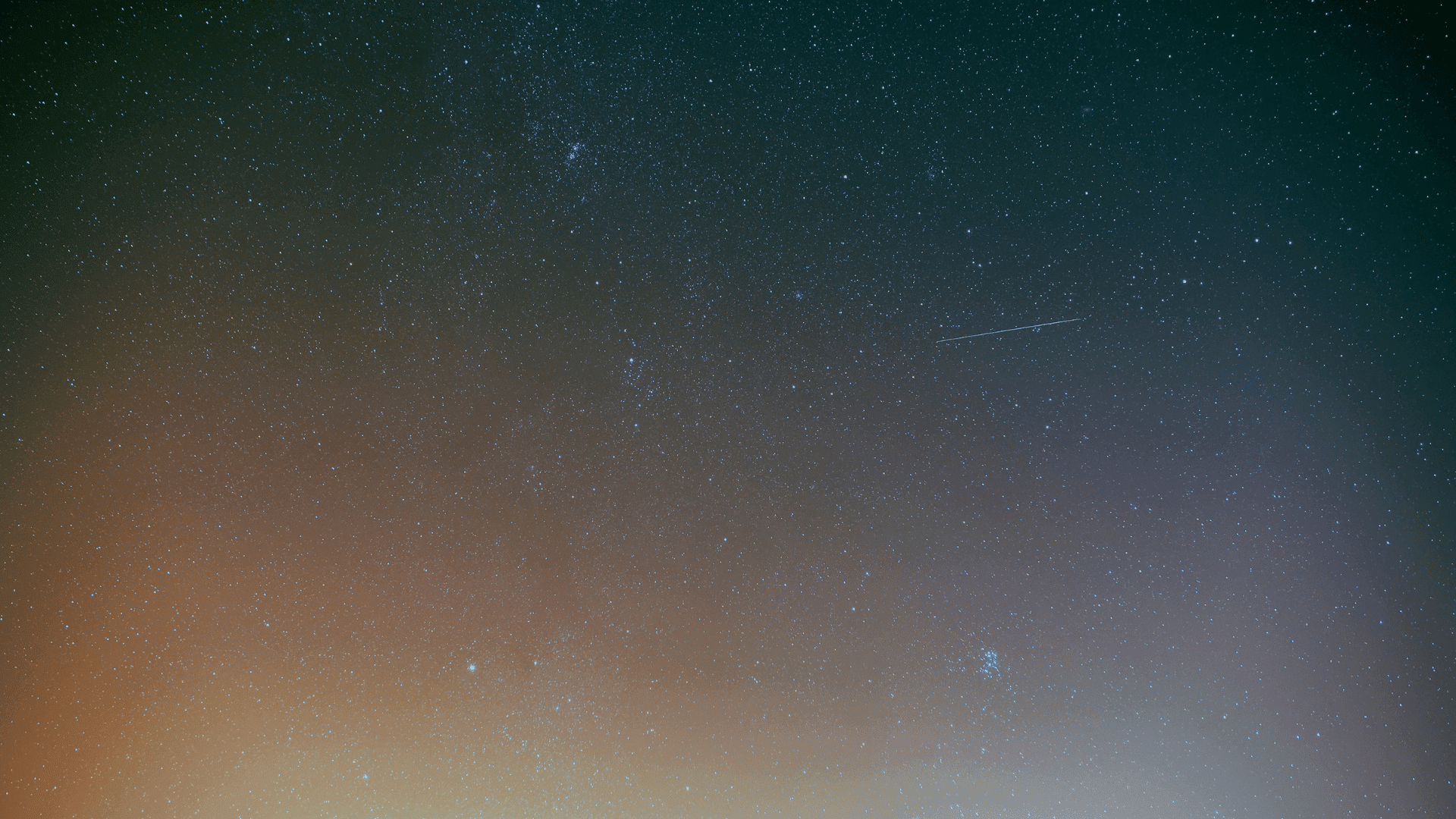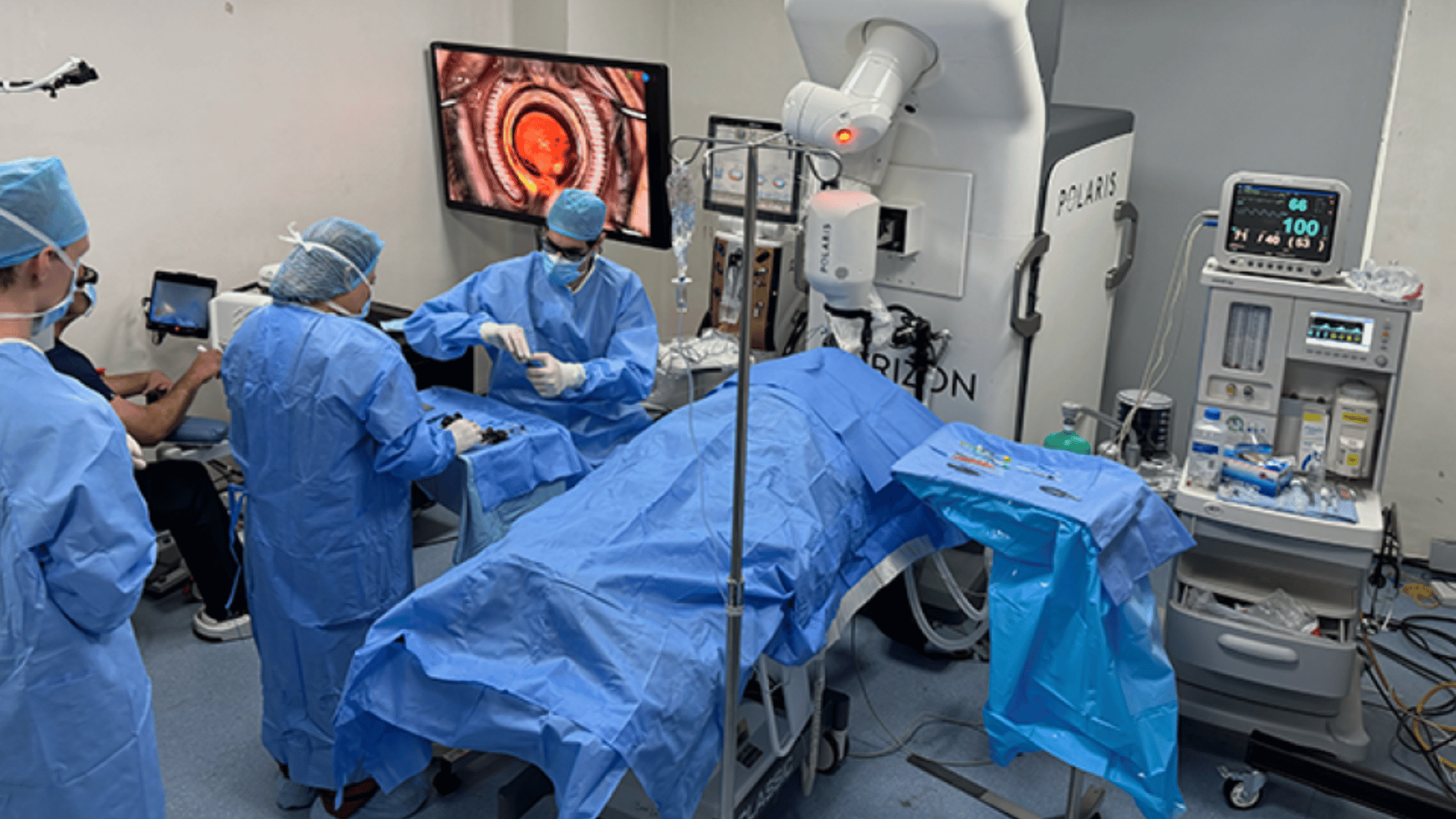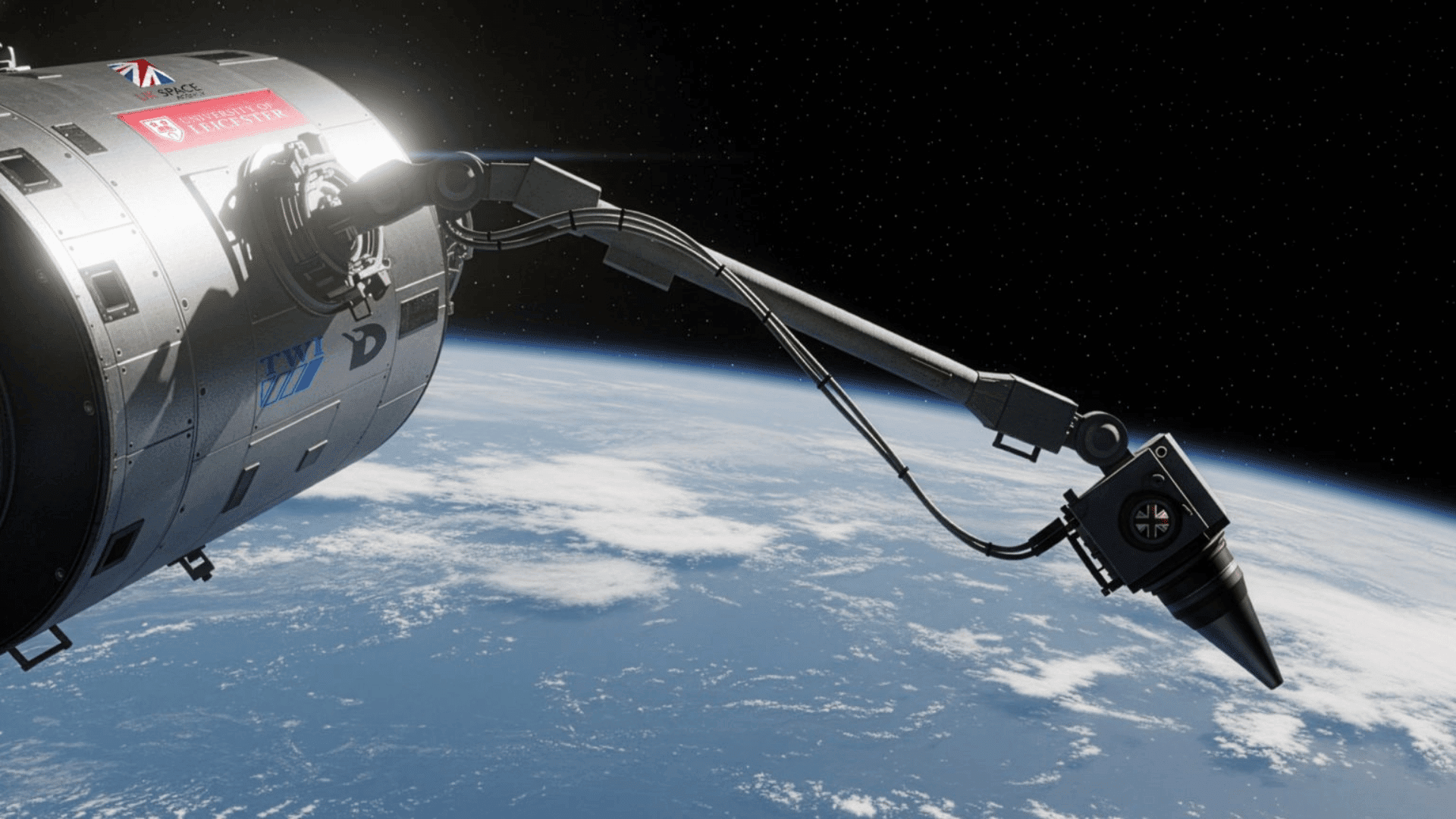Stargazers and skywatchers should expect a wonderful celestial display in October. The month kicks off with a stunning supermoon. In addition, there are two meteor showers to look out for throughout the month.
October Supermoon

October’s first major sky event is the full moon on the 6th. This full moon will be an exceptionally close supermoon. This phenomenon occurs when a full moon coincides with the point in the Moon’s orbit when it is closest to Earth, called the perigee. NASA scientists say the Moon “could appear to be about 30% brighter and up to 14% larger than a typical full moon” because of its proximity.
October’s supermoon, called the Harvest Moon, is the first of 2025. While it appears in the sky in October this year, the Harvest Moon’s time changes every year because it’s the full Moon that occurs nearest to the autumnal equinox. Skywatchers can catch a glimpse of the October supermoon for three nights. According to the Farmer’s Almanac, peak illumination is on Monday at 11:47 p.m. ET.
Meteor Showers

Following the supermoon, the Draconid meteor shower will be active from October 6th to 10th, peaking around October 8th.
The Draconids are caused by “debris trailing the comet 21P Giacobini-Zinner burning up in Earth’s atmosphere.” Originating near the head of the constellation Draco the Dragon, this shower can produce up to 10 meteors per hour. However, the bright supermoon may make spotting these early meteors challenging, as NASA notes.
If you miss the Draconids meteor shower, it won’t be long before you can see the next show in the sky. While the Orionid meteor shower spans from September 26 to November 22, it reaches its peak on October 21. This shower is caused by Earth traveling through Halley’s Comet’s debris, which burns up in our atmosphere.
On October 21st, the shower is expected to shoot “about 20 meteors per hour” across the night sky. Additionally, it coincides with the October new moon. The Moon will be dark and invisible to us because it will be between the Earth and the Sun.
A moonless sky significantly increases the chances of catching a fireball flying across the night sky. Viewers in the Northern Hemisphere should look to the southeast sky, and those in the Southern Hemisphere to the northeast, from before midnight until around 2 a.m. to enjoy this spectacular display.







